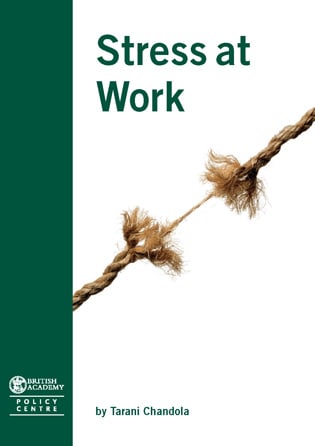 It is rare to visit the Bible when thinking about occupational health and safety but this week Australia’s Uniting Church, its Creative Ministries Network and the United Voices trade union released a report on the working condition of shopping centre cleaners. In the report “Cutting Corners” there are many references to the Bible’s and the Church’s thoughts and actions on labour issues.
It is rare to visit the Bible when thinking about occupational health and safety but this week Australia’s Uniting Church, its Creative Ministries Network and the United Voices trade union released a report on the working condition of shopping centre cleaners. In the report “Cutting Corners” there are many references to the Bible’s and the Church’s thoughts and actions on labour issues.
For instance, according to the report:
“…God is ‘against those who oppress the hired workers in their wages, the widow and the orphan’ (Malachi 3:5).”
and
“…the Prophet Muhammad underlined the importance of the just wage by saying, ‘give the employee his wages before his sweat has had time to dry’.”
The Uniting Church has strong arguments to justify its involvement in social equity matters.
“Cutting Corners” was a broad report based on hundreds of telephone interviews with cleaners. The major safety-related findings of the survey were:
“The key violations borne by shopping centre cleaners constitute a litany of injustices, from low rates of pay, pay that is not commensurate with their Continue reading “Religious wisdom on workplace safety”

